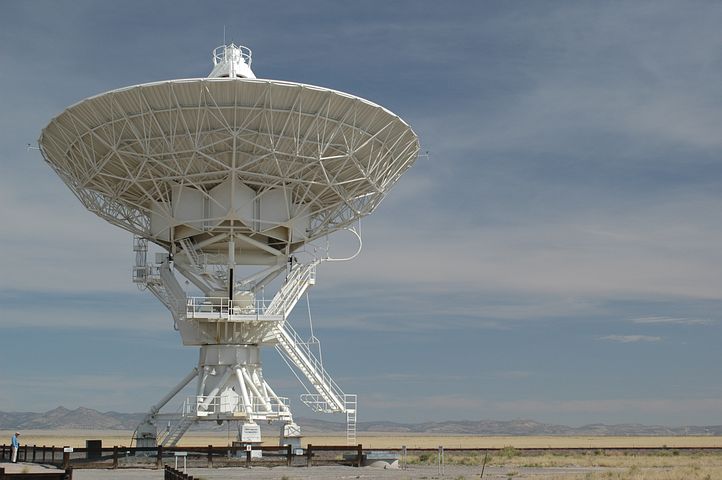Weather Radar Is Used In Meteorology for Understanding Present and Future Weather Conditions7/25/2023 Weather Radar is a remarkable technology that has revolutionized our understanding of atmospheric phenomena. It plays a pivotal role in meteorology, aiding in weather forecasting, severe weather detection, and aviation safety. By emitting radio waves into the atmosphere and analyzing their echoes, weather radar provides valuable insights into precipitation patterns, storm systems, and other weather events.
Weather Radar operates on the principle of radio wave reflection and transmission. It sends out pulses of radio waves into the atmosphere, and when these waves encounter objects like raindrops, snowflakes, or hailstones, they scatter in various directions. A part of these scattered waves returns to the radar as echoes. The radar system processes these echoes to determine the location, intensity, and movement of precipitation. The data collected from different radar sites are then combined to create a comprehensive image of weather patterns across a wide area. One significant advancement in Weather Radar technology is the integration of the Doppler Effect. The Doppler Effect allows the radar to measure the velocity of precipitation particles, helping meteorologists understand the motion of weather systems. By analyzing the frequency shift in the radar waves caused by moving precipitation, Doppler weather radar can identify wind patterns and differentiate between rain, snow, and hail. This capability is crucial for detecting severe weather phenomena, such as tornadoes and thunderstorms. There are primarily two types of weather radar: the pulse radar and the Doppler radar. Pulse radars emit short bursts of energy and measure the time it takes for the echoes to return, providing information about the distance of the precipitation. On the other hand, Doppler radars use continuous waves and analyze the frequency shifts to determine the velocity of the precipitation particles. Combining these two types of radar provides a more comprehensive understanding of weather conditions. Weather Radar plays a central role in modern weather forecasting. By tracking the movement of weather systems, meteorologists can predict the arrival and intensity of precipitation, identify potential storm formations, and issue timely warnings to the public. Doppler radar's ability to detect wind patterns and analyze storm movements aids in the identification of severe weather events like tornadoes, hurricanes, and thunderstorms. This helps in issuing severe weather warnings to keep communities safe. A Weather Radar is vital for aviation safety, allowing pilots to navigate around areas of turbulence or severe weather. It also helps air traffic controllers manage flights efficiently and avoid hazardous weather conditions. Weather radar assists in monitoring river and stream levels, particularly during heavy rainfall and flooding events. This information aids in flood forecasting and management. Farmers rely on weather radar data to make informed decisions about irrigation, planting, and harvesting. Radar information helps them anticipate rain patterns and prepare for adverse weather conditions. Weather radar data is valuable for climate researchers studying long-term weather patterns and trends. It helps in understanding climate change and its potential impacts on different regions. While Weather Radar is a powerful tool, it does have limitations and faces certain challenges. One significant limitation is its inability to directly measure certain weather parameters, such as temperature, humidity, and atmospheric pressure. Additionally, radar beams can be attenuated or weakened as they pass through intense precipitation, leading to data gaps in areas of heavy rainfall. The accuracy of weather radar is also influenced by factors like the radar's location, beam height, and calibration. Interference from ground clutter and non-meteorological objects can further impact radar readings, requiring skilled interpretation by meteorologists.
0 Comments
Leave a Reply. |
|

